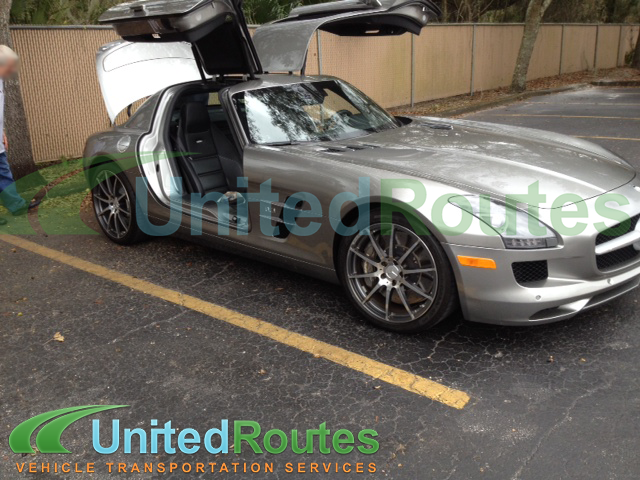Enclosed Car Transport
United Routes shipped this 1910 Stanley Steamer Model 70. Due to the fragile and unique nature of this classic the cutomer requested an enclosed transport.
Steam engines operate quite differently than the typical modern-day car we have come to know. Without getting too technical the basic gist is as follows. Boiling water creates steam. The expanding steam creates pressure which pushes a piston. The Piston is connected to a rod which is connected to a circular driving rod. The back and forth motion from the piston/rod creates a spinning motion (like a wheel) for the driving rod.
I’m going to assume my explanation is not exactly teacher material so check out this short 30 second clip below. It’s one of those monotonous science class clips but should give you a rudimentary idea of how this car works.
Steam cars were very rarely produced after the 1920’s. While many believe it’s a much healthier alternative for our planet the main issue is that steam powered engines need a continous supply of water. A power plant for example would have a much easier time running steam engine’s since it can simply be built near a large body of water. Mobile vehicles can only carry so much. Besides the extra weight from the large tanks of water, the car will constantly need to be refilled.
There are many opinions on this matter, more then I can possibly cover in this post but please check out steampowerbike.blogspot and instructables.com for more info.


